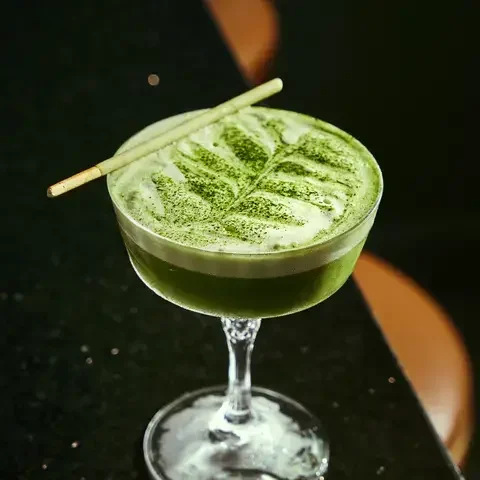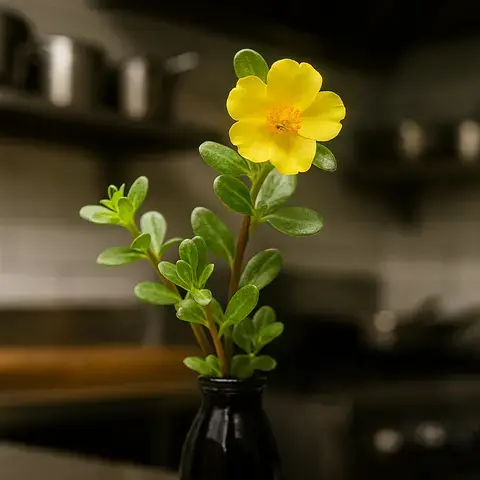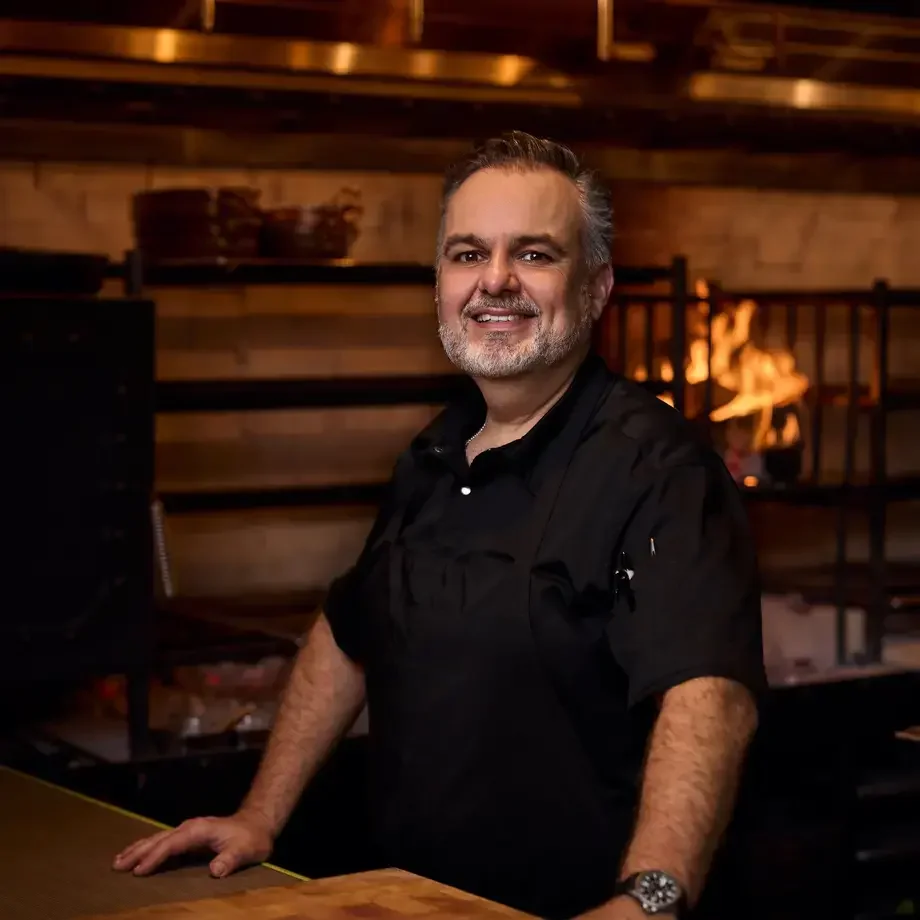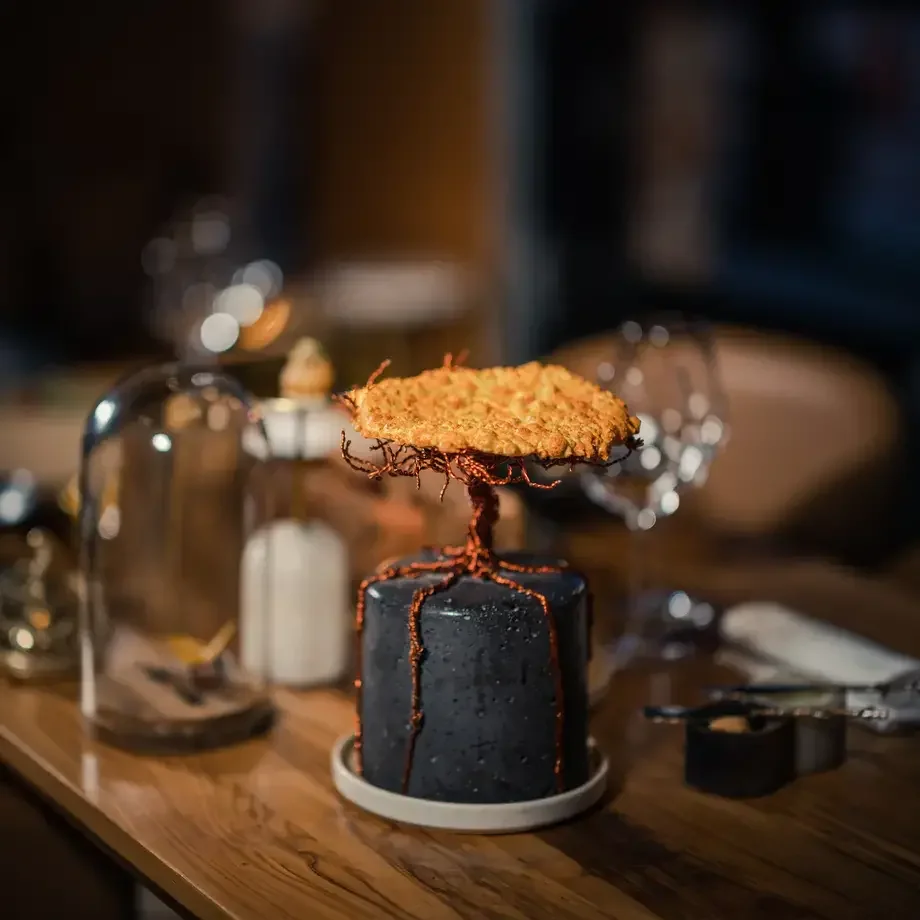Tuna butchery as performance, followed by an all-you-can-eat omakase, has in the last year become pervasive around the country. The events happen regularly and command tickets. They’re frequently sold out, sometimes taking place on literal stages, other times unfolding in the more intimate quarters of sushi restaurants.
In Texas, chefs have embraced the spectacle, breaking down whole fish and serving them directly to guests. At Koma Sushi in New York, the events are billed as regular performances paired with a feast, and have proven wildly popular. At Leland in New York, the breakdown of a yellowfin is as much about sustainability as it is about showmanship, encouraging the use of the whole fish. In Las Vegas, Omakase Kyara hosts a live bluefin cutting every two months, commanding prices of $400 per person.
In my professional search for the best omakases, I’ve come to realize that in America there are two distinct experiences that share the name.
One is a serious study in sourcing, often involving trips to Japan, to present a serene parade of delicate, truly bite-size nigiri, with heat used sparingly and education at the forefront. The other is a blowtorch-powdered spectacle—glittery cascades of gold leaf, mayonnaise-painted fish, tuna-butchering extravaganzas—reliant on the oily, unguent signifiers of luxury: foie gras, truffles, uni, o-toro. I call the latter Blowtorch Omakases. The New York Times has also used the term “Bromakase” for these baller, high-octane dinners that have supplanted steakhouses as the go-to way to flaunt wealth and success.
Like a Venn diagram, sometimes these two categories intersect. And when they do, they can be a lot of fun. Ogawa in Philadelphia is two concepts in one: a cocktail bar serving Japanese-inflected bar food and seasonal cocktails, like the ceremoniously shaken, matcha-based Sadotini, and a 12-seat sushi counter manned by two sushi chefs. The counter offers two types of omakase—a 23-course version for $200 per person and a shorter option on certain weeknights. The full experience is a succession of little spectacles, as chef Carlos Wills delights in showing off the creatures he’s about to expertly dissect and serve: an extraordinarily long belt fish, a box filled with live sawagani river crabs, an enormous tuna loin.















